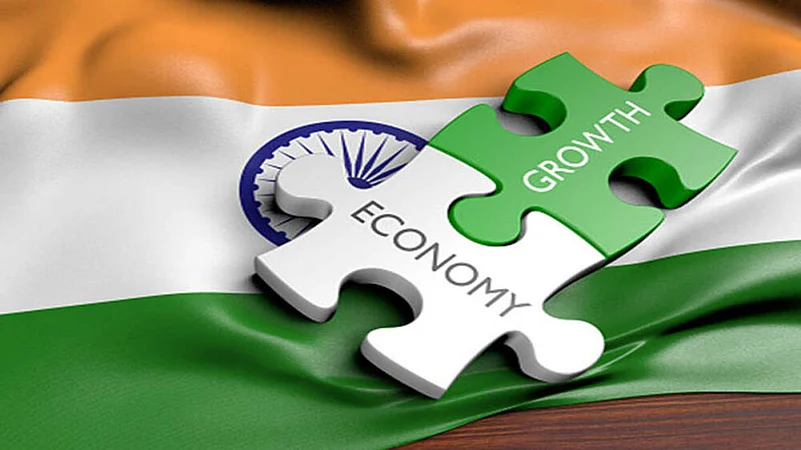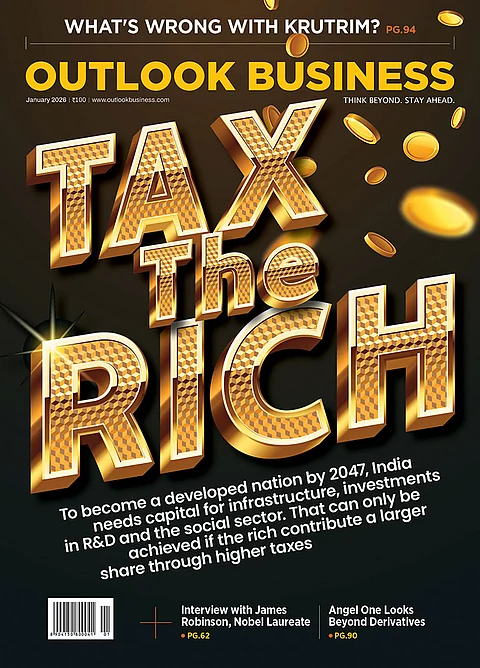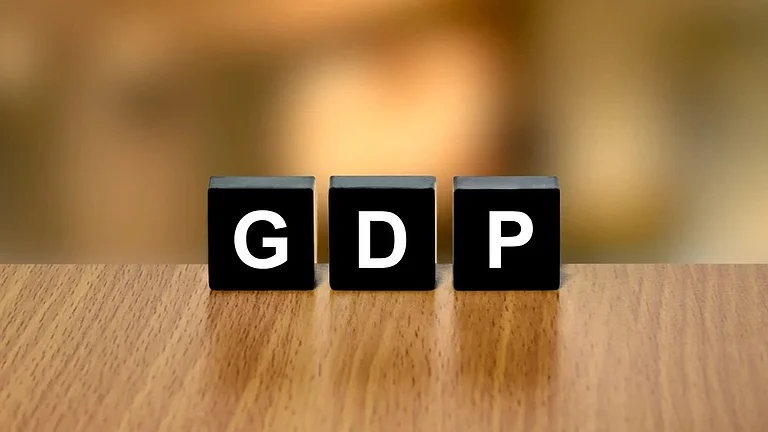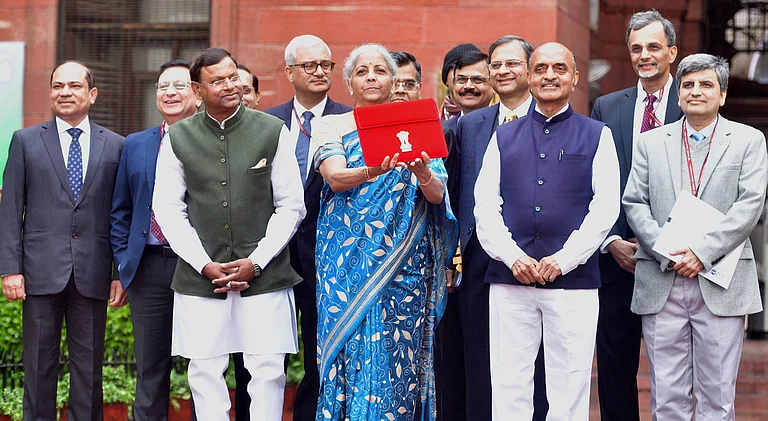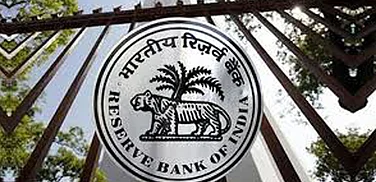WEF2025 week was a curtain raiser of prospects that lie ahead for global economies especially coming to terms with several important geopolitical events from past couple of months. Throughout the week, conversations that held centerstage the imperative of driving growth amongst emerging scenarios.
Despite being the fastest growing amongst major economies (even at reduced 6.4% growth for FY25), a lower-than-expected GDP growth in FY25 Q2 has triggered similar deliberations for the Indian economy and measures that the Government could lay out to carry the growth momentum forward. Budget 2025 could be the stage for the government to lay out broader policy roadmap for harnessing the inherent broadbased resiliency of the economy consistent with its long term ‘Vikshit Bharat’ mission. We are at the cusp of second quarter of this century and a number of policy decision to be made in next couple of years will inevitably set the course for the direction of economy in years to come. Viewed from that standpoint, it’s a rather important opportunity for the government to recalibrate.
Macro-economic indicators do tell an encouraging story despite slow down witnessed in two successive quarters (Q2 GDP growth fell to 5.4% from 6.7% in Q1). A deeper look into broader data set suggests that sluggish growth of recent 9 months could well be a blip as there are signs of continued momentum in services as well as industrial sector; exports holding firm and growing; core inflation still under RBI’s tolerance range despite weaking currency and global uncertainties. There are a few challenges though on the way for the government to deal with; managing inflation will be a key monetary policy goal especially in the wake of likely import inflation and global trade disruption emanating from geopolitical risks and tariff war if that ensues. It is clear therefore, that the Finance Minister will seek to align key budget proposals and tax policies keeping the global outlook in mind that will most certainly have an impact on Indian economy.
More specifically from tax policy standpoint, the budget could focus on 3 important themes. First up, developing a tax framework to catalyse investments for manufacturing as well as priority infrastructure sectors such as new energy /energy transition etc. This may also entail reintroducing some of tax incentives which have been phased out in recent past. For one, reintroducing lower corporate tax rate for new units in manufacturing and power generation & distribution sectors. The eligibility for concessional tax rate (if reinstated) should be extended to GCCs and GIFT city units (after tax holiday) too as these two sectors are poised to create significant employment in years to come. Another example of tax benefit which was introduced but untimely phased out is concessional tax cost for debt financing for large infra projects; tax exemption for foreign sovereign wealth funds /pension funds in respect of investment in infrastructure businesses. These funds have deeper investment pockets to make long term investment commitment but will invariably require a reasonably certain tax framework.
Second theme for tax proposals in the budget should be to carry out a comprehensive overhaul of key tax provisions governing M&A transactions; presently for the lack of adequate clarity in the legal provisions, M&A transactions become a lot more complex to implement than it warrants; for instance, staggered /contingent pay-outs have become practically a norm for any M&A deal in Indi, yet the income tax provisions ain’t very clear to as the manner in which these pay-outs are to be taxed. Similarly, some of the provisions (like ineligibility to carry forward past years’ tax losses, applicability of indirect transfer capital gains tax) make it more onerous or even unviable for businesses to carry out intra-group restructuring. It is imperative that these inconsistencies are weeded out or even a policy tweak made if so required to make M&A activities more viable as the India is set to witnessed increased pace of capital flows, both domestic and FDI.
And finally, the budget is expected to roll out measures to continue the tax widening drive and even make tax compliance more seamless. For corporate tax payers, important will be to reduce the cost of undertaking these compliances in many cases (eg, form 10F for foreign taxpayer claiming tax treaty benefits). Withholding taxes are potent tool of tax collections but there are arguably room for further rationalization of tax rates and making the overall withholding framework simpler to implement.
From standpoint of aligning with global tax policy, more clarity is expected with respect to India’s trajectory to implementation of OECD’s two pillar solution.
Overall, a lot to watch out for in the next week’s budget announcement. Looking at the context of timing, it could well be a Budget for years to come and one that would accelerate the pace of economic growth in India’s drive to becoming a developed nation by 2047.
(The author is partner at Delloite India)





